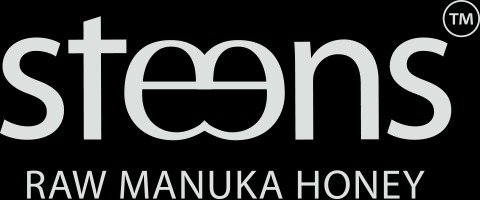Monofloral and Multifloral Manuka
What does this mean?
Dan
Last Update 3 jaar geleden
Thanks for your enquiry.
Please find attached an Article on our testing procedures here
https://steenshoney.tawk.help/article/testing-policy
Monofloral and multifloral manuka honey classifcations have been brought out by the nz government to give the consumer some understanding of the level of purity of the Manuka honey they are buying
Comprehensive information can be found here...
https://www.mpi.govt.nz/food-business/honey-bee-products-processing-requirements/manuka-honey/
However put simply Manuka honey that is graded as monofloral manuka honey is approx 50% or more of its nectar source as coming from manuka nectar. Multifloral manuka is approx 30-50% of its nectar source as coming from Manuka.
However this only an estimate as it is virtually impossible to quantifiy this exactly. Note that 50-60k bees live in one hive and they can fly up to 3kms to source nectar, nor are the selective on what nectar they ingest - so bees will take their nectar from whatever source is around them regardless of flower type. In order to quantify this exactly we would have to track every single bee’s daily journey for their lifespan and monitor what flower and how much nectar they took in from that flower - and impossible task as I am sure you would agree!
The NZ goverment test looks at a number of different components in the honey that they can test for to understand where the honey has ‘mostly’ come from - hence the Monofloral and Multifloral grading - with Monofloral being the more pure form of Manuka honey.
Then from an industry point of view - we have the MGO and UMF grading systems which is another layer of testing to prove the purity of the manuka. The lower the MGO - the lower the manuka honey purity typically (i.e. most likely to be multifloral manuka). On the other hand - the higher the MGO level - the higher the purity of the manuka typically (Manuka that is typically over MGO200 generally tests as being monofloral manuka).
UMF grading number (which is a lower number than the MGO number) is just a direct translation/corrolation of the MGO level into their grading system - however they also add another purity test to boost the authenticity of the grading - this is a test for another marker called leptosperin
I undertand that this is probably incredibly confusing - and I can say that they industry has not done a good job of explaining it to the consumer however - simply put - they higher the MGO number the more pure the manuka honey is
